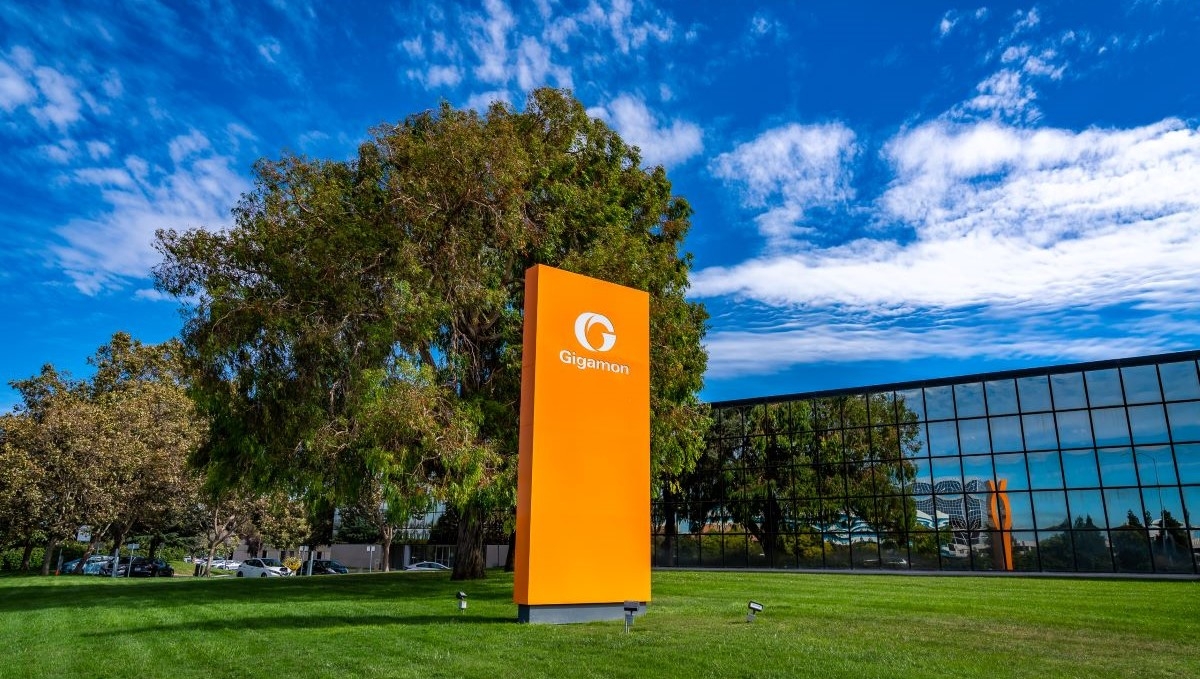
Arctic Series: Business Goes North
The North is open for business and it’s helping the South to get there. From airports to seaports, improved transportation infrastructure is easing the way for businesses to cash in on Canada’s North. That’s the message of the Labrador North Chamber of Commerce and the Baffin Chamber of Commerce, two organizations working to promote the business potential of the region.
Vast amounts of oil, gas and mineral wealth, expanding commercial fisheries, tourism opportunities, energy development projects and the fastest growing population in Canada, make the North an attractive investment. The problem until now has been how to reach it.
Sterling Peyton, President of the Labrador North Chamber of Commerce, explains that key transportation projects will make Nunavut, Nunavik and Labrador more accessible by air, sea and road.

“If there are large-scale improvements in transportation and infrastructure in the North, it improves the perception of the North to Southerners,” says Peyton. This translates into more business development and increased North-South business traffic which, in turn, improves the quality of life in Labrador and other Northern regions.
Of note, are three main transportation projects – a new airport terminal in Iqaluit, marine infrastructure projects in Nunavik and the Trans Labrador Highway (TLH). Improvements to the Iqaluit airport are especially crucial to opening up the North. Iqaluit, classified as an airport of entry into Canada and staffed by the Canada Border Services Agency, hosts scheduled passenger services from Ottawa, Montreal, Rankin Inlet and Kuujjuaq. By airport standards, Iqaluit is tiny. It has a two-storey terminal building, one main runway, three gates, 30 short term parking spaces and one baggage claim belt. Proposed improvements would help change all that. A new $40 million terminal building would help deal with passenger volumes expected to double from 115,000 per year in 2009 to 220,000 in 2020. The project may also include eventual redevelopment of land around the airport including a new taxiway, airport firehall and improvements to landing lights.
The upgrade known as a P3 project (public-private partnership) is a collaboration between the Government of Nunavut and the private sector. Under P3 projects, the Government gains finance from private companies in order to qualify for funding from PPP Canada, a federal crown corporation that encourages these type of partnerships.

Another project is the extension of the TLH located in Newfoundland and Labrador. The TLH is the primary public road in Labrador and consists of three main sections, connecting Quebec to Goose Bay. Peyton said large-scale industrial development projects such as the Lower Churchill Hydroelectric Generation Project as well as other mining and hydroelectric projects and tourism have greatly contributed to the development of infrastructure. While “the Labrador communities also drove the development of the highway by articulating the need for this development,” he added that “commerce itself overall has been a big driver, to grow regional economies.”
The need to support Nunavik’s fishing activities is behind marine developments in that region. Nunavik made up of fourteen communities on the coast of Northern Quebec is highly dependant on safe and reliable marine access. To facilitate fishing, Makivik Corporation, an Inuit organization (Makivik means “rise up” in Inuktitut), entered into an agreement with the federal government to upgrade marine infrastructure facilities.
“All communities have received marine facilities designed to meet the unique needs of each community and the challenges associated with tides, currents, waves, ice movement and changing weather conditions,” says Eileen Klinkig, Director of the Construction Division at Makivik.
A Makivik project, the Kuujjuaraapik marine facility, includes the construction of a 12.5 km road to a site north of the Kuujjuaraapik community and a protected access ramp at Umiaqtaluk.
While marine infrastructure is Makivik’s main goal, Inuit communities have also benefited from employment through the company. “The marine infrastructure also injected substantial financial investments in communities and maintained a workforce that is about 70 per cent Inuit,” says Klinkig.
Such infrastructure, according to Suzanne Paquin, Chief Executive Officer of the Nunavut Eastern Arctic Shipping Inc, is essential if Northern businesses are to catch up with their Southern counterparts. “Transportation infrastructure is essential to the North,” says Paquin. “It is the backbone to developing the Arctic. If you don’t have transportation, you don’t have anything.”
The Nunavut Arctic Shipping Inc. is essential to transport infrastructure projects in Nunavik and beyond. The company delivers marine supplies and the components necessary to build jetties, wharves and other marine infrastructure for companies such as Makivik. Air cargo delivery services offered by Nunavut Eastern Arctic are crucial, says Paquin, particularly in communities such as Pangnirtung which is located 50 kilometres south of the Arctic Circle.
More information on transportation infrastructure in the North will be available at Northern Lights 2012, to be held at the Ottawa Convention Centre from February 1-4, 2012. More than 150 exhibitors, 1,000 participants and thousands of visitors are expected to attend the four-day event.
For more information, check out
www.northernlightsottawa.com.









